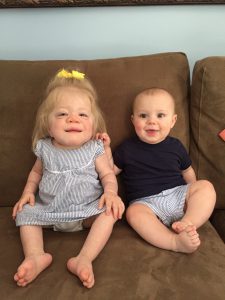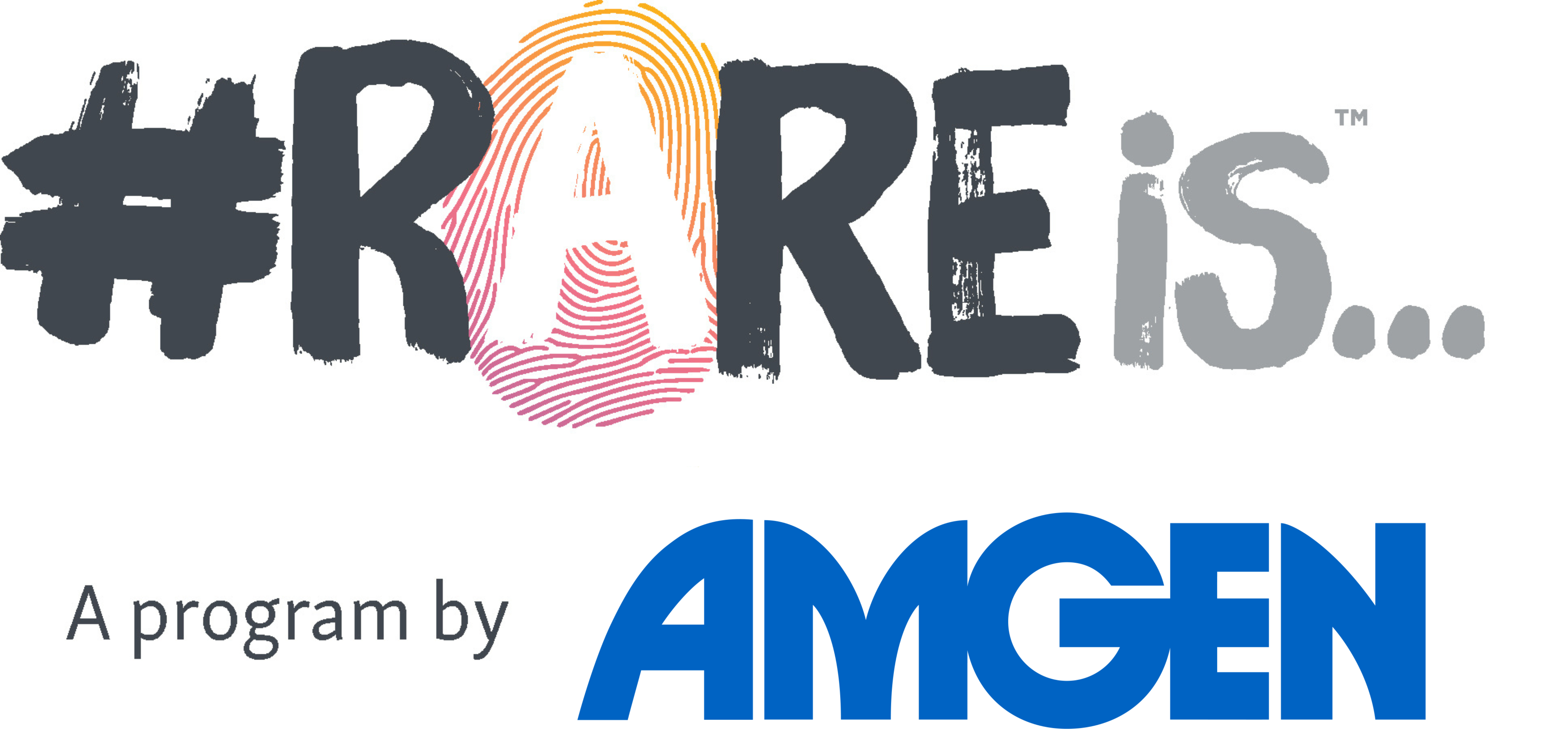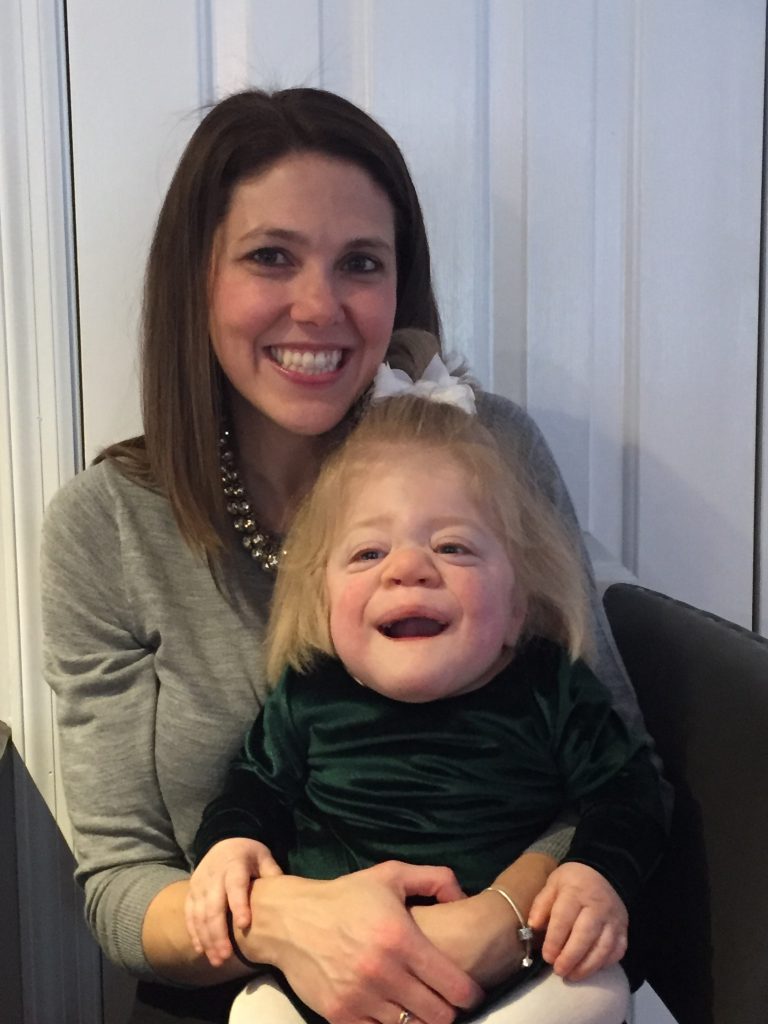Please don’t be afraid to seek out help, especially if those resources haven’t been offered to you. Prioritizing our own needs while caring for a child with a rare disease isn’t easy, but as parents, and as people, our well-being matters too. Addressing my mental health needs wasn’t just a luxury, it was vital to my survival and I am grateful every day that I took that first step to get the help I needed.

If you or someone you know is struggling with their mental health, contact the Substance Abuse and Mental Health Services Administration (SAMHSA) Treatment Referral Helpline, 1-877-SAMHSA7 (1-877-726-4727) for general information on mental health and to locate treatment services in your area. Speak to a live person, Monday through Friday from 8 a.m. to 8 p.m. EST.



